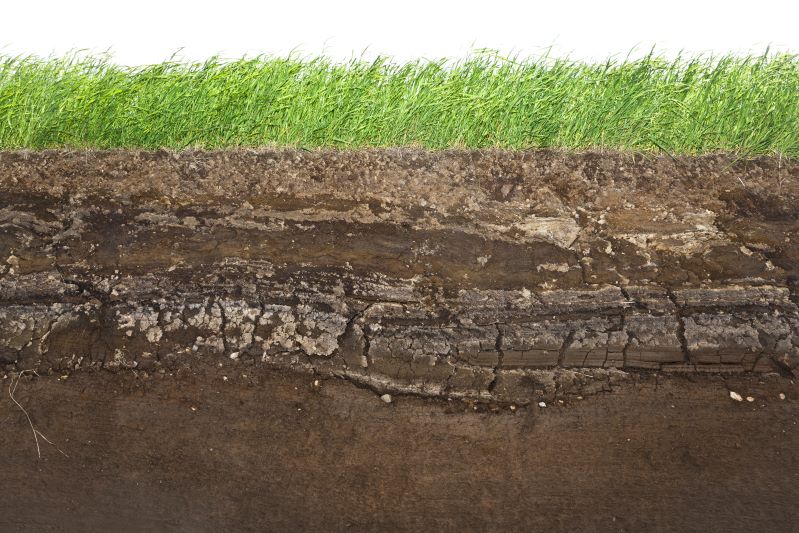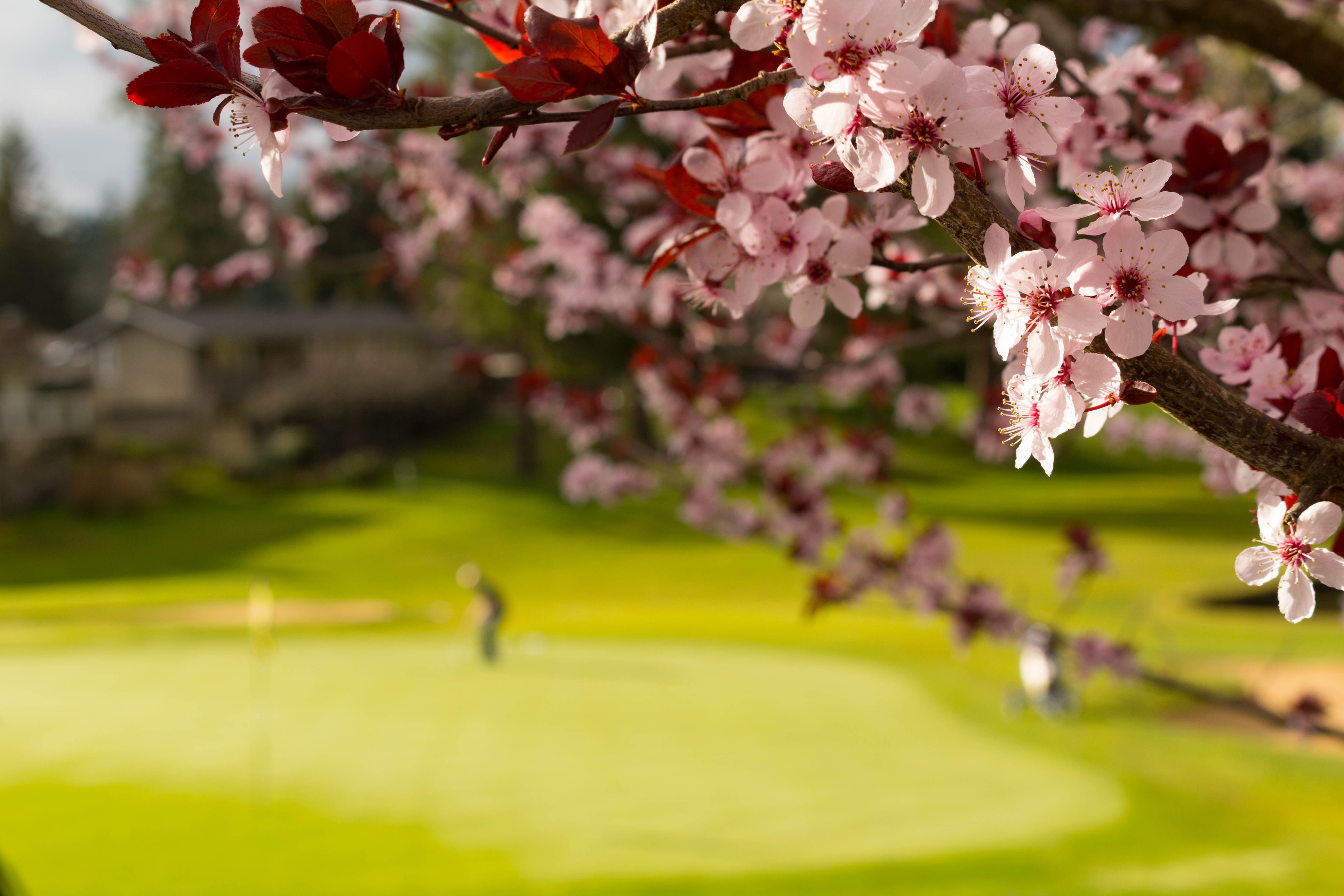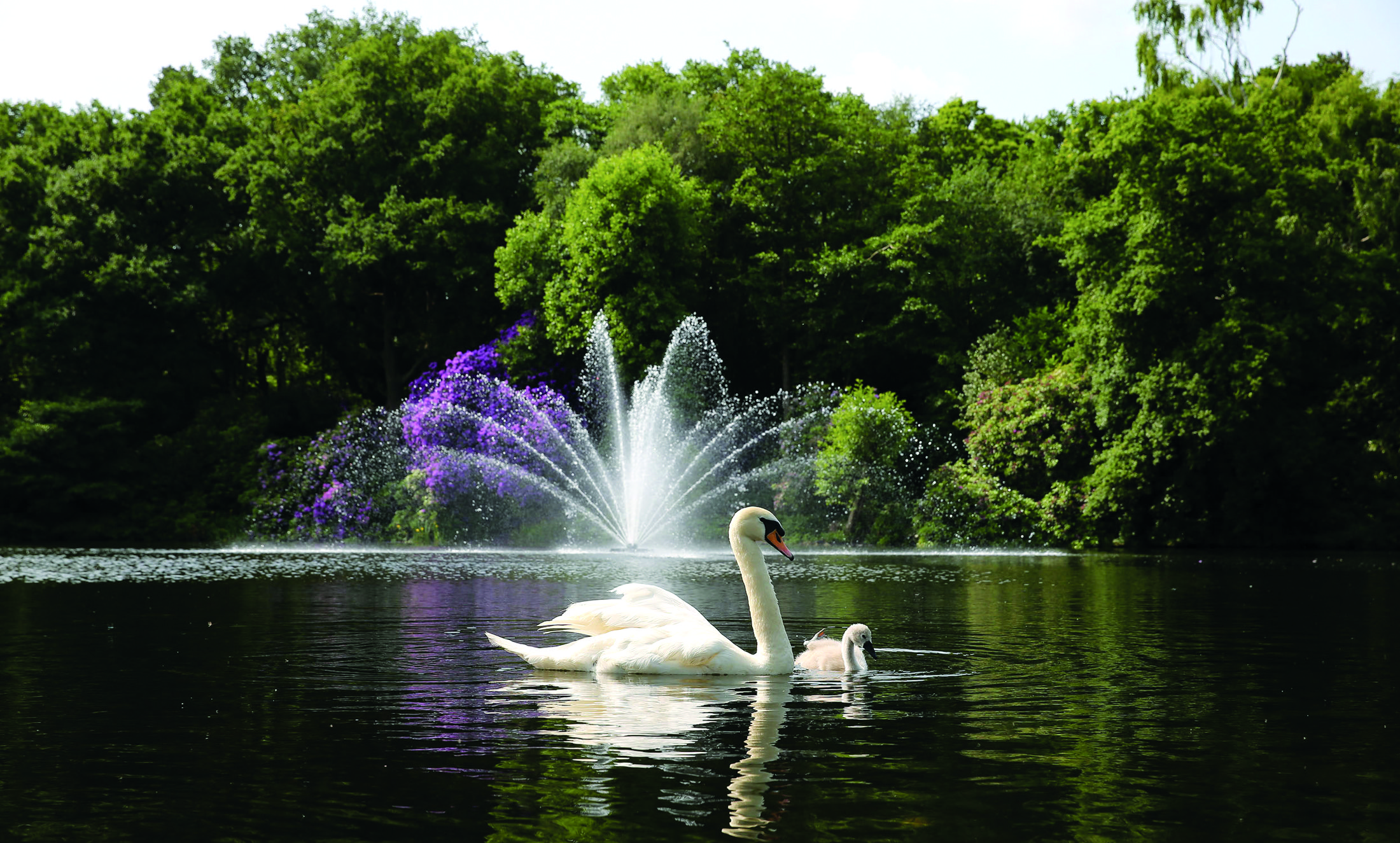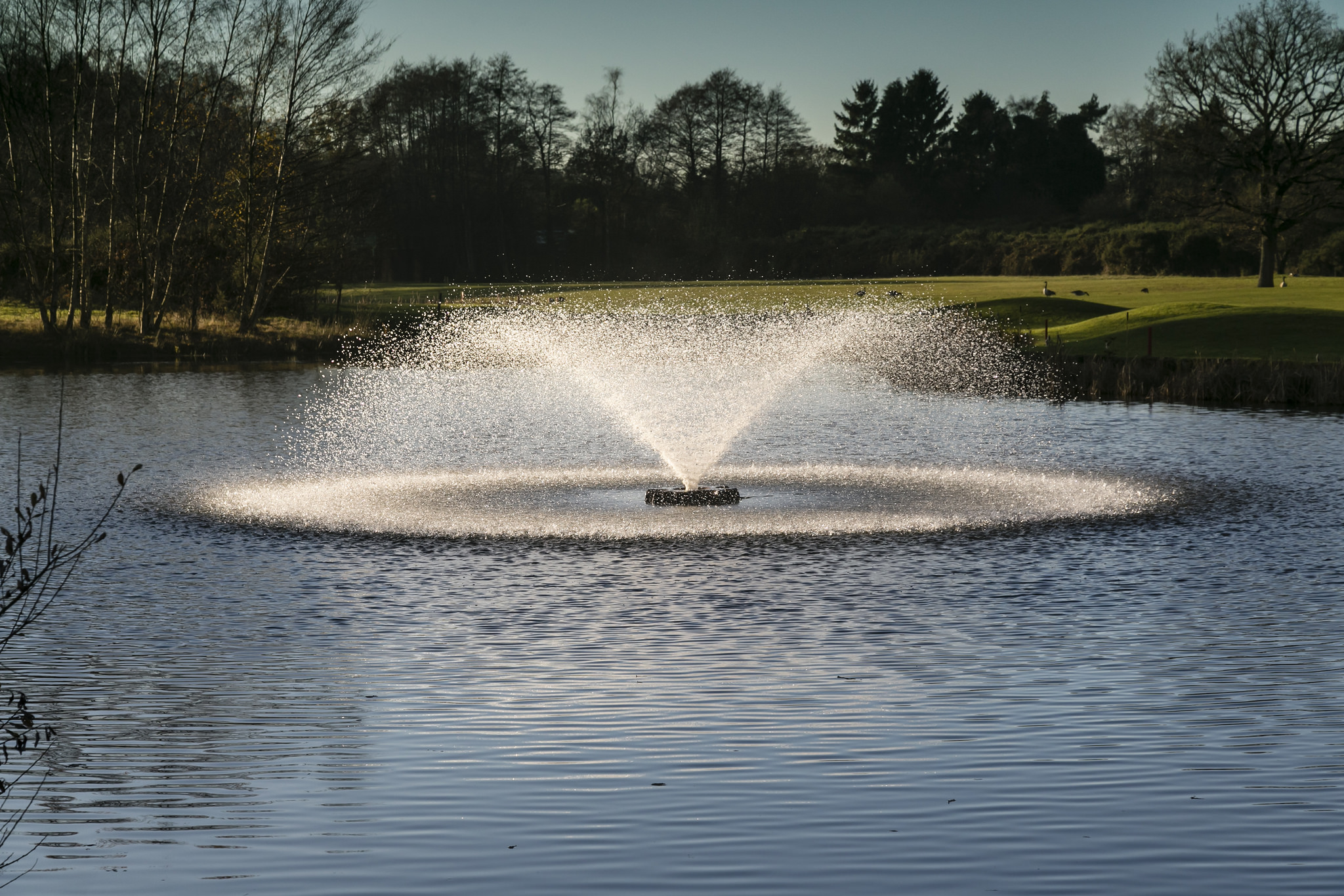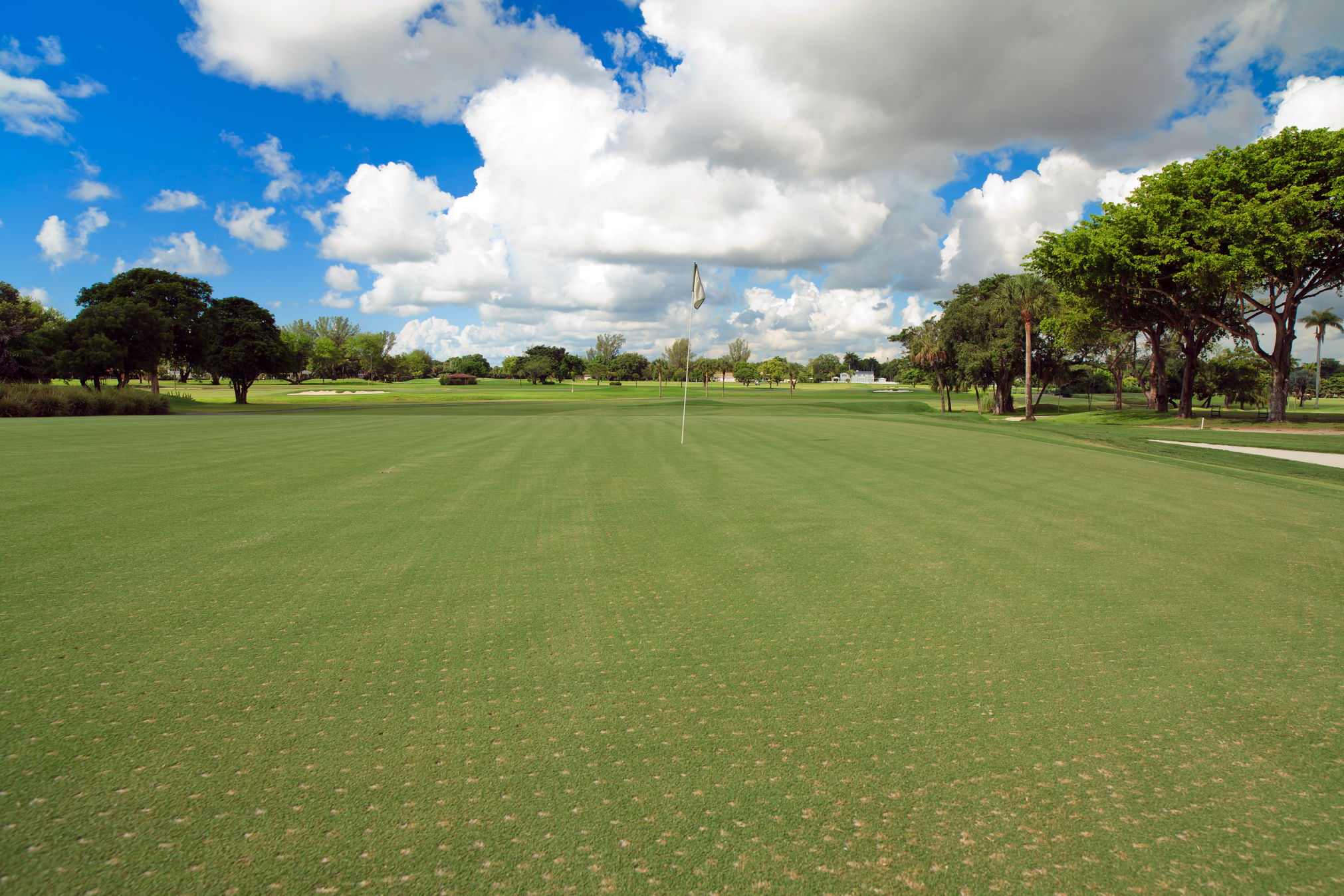- CONTACT US
- MOWERS
- VEHICLES
- APPLICATION
- Golf
- AERATORS
- VEHICLES
Healthy soil for healthy turf
CONTENTS
FEATURED STORIES

Reesink Turfcare
Reading time: 10 minutes
Inside soil health
When it comes to maintaining resilient playing surfaces that boast lush green turfgrass across greens, tees and fairways, looking at the health of what's beneath the surface is paramount. Healthy soil is quite literally at the root of a successful golf course.
From bolstering turf against adverse weather and disease, to preventing soil erosion, to providing the optimal playing experience with a consistent ball role, prioritising soil health ensures viability and enjoyment of the course long-term.
Through years of working alongside turf management professionals and doing the desk research so you don’t have to, we’ve identified some of the factors that affect the health of the soil and the techniques and equipment that can help with those.
Soil structure
If you want to get the most out of your soil management programme and promote great golf soil health using turfcare equipment, first you need to understand a bit about soil biology and its structure. And one term you should familiarise yourself with is aggregates.
What are soil aggregates and why are they important?
Fundamental to the structure of soil, soil aggregates consist of particles bound together by organic matter, grass roots, microorganisms and mineral cements. Their surface areas provide points for the adhesion of water molecules and nutrient ions to soil surfaces and the cohesion of molecules to each other within porous soil spaces. They influence water infiltration, root penetration, nutrient availability and overall soil fertility, so keeping your aggregates healthy is paramount for sustainable turfcare maintenance.
Well-aggregated soils have a high Cation Exchange Capacity (CEC). This means they hold and release more nutrients and water than soils with low CEC, making it easier for them to be absorbed by the roots of the grass.
Prevent compaction
One thing that will hinder the composition of soil aggregates and negatively impact the turf on your course is compaction.
Beneath the surface, soil compaction or degradation disrupts the soil's aggregates, compromising its essential functions by decreasing the space between soil particles that are critical for the movement of air, water and nutrients in the soil. It acts as a physical barrier for plant roots, limiting their ability to penetrate the soil and access the nutrients they need; hindering their ability to secrete the substances needed to bind the particles together to form essential aggregates.
An efficient aeration schedule and the use of high-quality aerating machinery makes all the difference - by creating channels for improved air, water and root movement that stimulates microbial activity essential for binding soil particles.
Deep tine aeration, in particular, allows channels to be made down to the root zone where the interaction between your turf and surrounding soil primarily takes place. This area is key for nutrient uptake, water absorption and microbial activity, all of which allow turf to flourish.
The tines fracture the soil creating channels through the root zone allowing oxygen, water and critical nutrients to penetrate deep into the soil profile. Toro’s ProCore SR Series deep-tine aerators, can penetrate up to 16 inches below the surface, which allows for plenty of drainage and helps roots to grow deeper, producing a stronger lawn in the long run.
The SR series also features models that are lightweight precision machines for smoother greens, great for prevention, alongside robust machines to break up soil on surfaces that have already become compacted.

Soil layering
Compaction isn't the only thing that can stop essential nutrients from reaching the turf's root zone and lead to poor overall soil health. On golf courses in particular, soil layering below can be a prime suspect behind issues on the surface.
Effective drainage relies on homogeneous soils without layering, facilitating unimpeded water movement through the combined forces of gravity and the cohesion and adhesion of water to the soil. Nevertheless, the inception of soil layering occurs as soon as turf is planted and the initial sand topdressing is applied.
So, when it comes to soil layering, what exactly are we talking about? The short of it, is that soil layers are changes in soil texture that slow the flow of water through the soil profile. They can occur deep into the soil, but even a small layer can impact not only the health of your soil but the playability of the course too.
The most common symptom of soil layering is an excess in soil moisture which can result in shallow rooting, an increased susceptibility to disease and overall softer playing conditions.
When does soil layering occur?
A prevalent occurrence of soil layering emerges when sporadic, substantial sand topdressing applications are applied to any turf area. These infrequent sand topdressing practices create a layering pattern that often mirrors the concentric rings found in tree growth. Notably, layers of organic matter accumulate between topdressings, followed by strata of dense sand topdressing applied during cultivation events.
This management approach, characterised by the lack of regular and light sand topdressing applications or excessive turf growth between treatments, contribute to the development of soil layering.
Another common scenario leading to layering issues is the installation of sod on a turf surface. Sod sourced from different locations frequently possesses soil textures that do not align with the soil composition of the golf course where it is planted. This discrepancy in soil texture between the sod farm and the golf course results in the immediate formation of distinct soil layers.
If your golf course is prone to flooding, this can also have long-lasting impacts on the health of the soil beneath the greens as layers of silt can form in the soil profile between flooding events.

Preventing the problem
Preventing soil layering is more effective than seeking a cure, achieving this involves employing a maintenance programme that incorporates careful cultivation and regular, light sand topdressing. Core aeration serves as a valuable technique for material removal and the integration of sand into the root zone, ensuring optimal levels of organic matter are maintained.
A two-sand system can be used for light-and-frequent topdressings to dilute accumulating organic matter while still maintaining acceptable infiltration rates and playing conditions. For greenkeepers hoping to address the issue of soil layering with backfilling, they should use the same sand as was used during the original construction period where possible to improve draining.
Irrespective of the specific cultivation strategy employed on your course, the consistent application of light and frequent sand topdressing is pivotal in preventing the occurrence of layering in the root zone. And for that the Toro ProPass 200 broadcast style topdresser delivers extremely accurate spread patterns from ultra-light dustings that can help to prevent soil layering, to ultra-heavy aeration hole filling applications.

Addressing existing layering
Light and frequent sand topdressing is a great way to prevent soil layering in the first instance, and is therefore an integral process in turf management. But when soil layering already exists within the soil profile, adding topdressing will only bury the issue further -- literally! Which means cultivation will be needed and the removal of material through techniques such as vertical mowing.
Verticutting
Vertical mowing, also known as verticutting, is an essential cultivation practice in turfgrass management that involves cutting vertically into the turf canopy and soil surface. This mechanical action helps to remove thatch and organic matter buildup from the upper layer of the soil profile, allowing for better air circulation, water penetration, and nutrient absorption by the roots.
And it’s not always necessary to buy a whole new machine to tackle verticutting, attachments such as the TM System range of cassette attachments from Advanced Turf Technology fit to any Toro fairway or triple mower to make it multifunctional.
Aeration
Hollow tine aeration is the process of extracting soil cores with hollow tines and not only removes impediments like compacted layers but also creates a favourable environment for root expansion. As these channels are formed, turfgrass roots are afforded the opportunity to penetrate deeper into the soil profile.
The increased root depth enhances the plant's access to essential nutrients, water, and oxygen, promoting overall plant vigour. Robust root systems contribute significantly to turfgrass resilience by enhancing drought tolerance, disease resistance, and the ability to withstand environmental stressors.
Machines such as the ProCore 648s can aerate up to 18 greens in just seven hours using a large 122cm aeration swath. What this means for greenkeepers rectifying soil layering through cultivation is that they can get a head start on the process with the absolute minimum disturbance on the course.
Keeping on top of your soil’s health is fundamental to golf course management and the overall health of your turf, having long-lasting and far-reaching impacts. But get it right and you set your course up for healthy turf that is resilient to an abundance of external factors and leave it protected for even the most unpredictable of weather events.

Reesink UK LTD | 1-3 Station Road, St Neots PE19 1QF | Registered in England
Reesink UK LTD is authorised and regulated by the Financial Conduct Authority.










